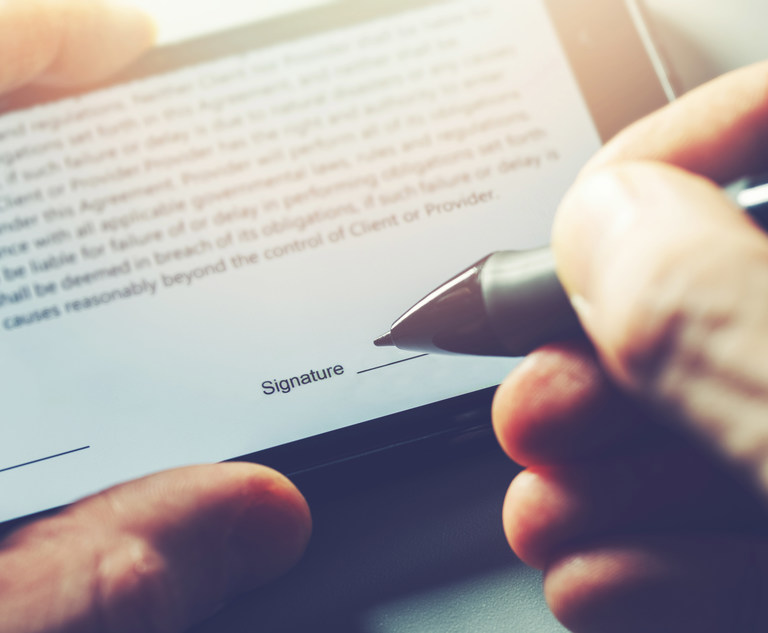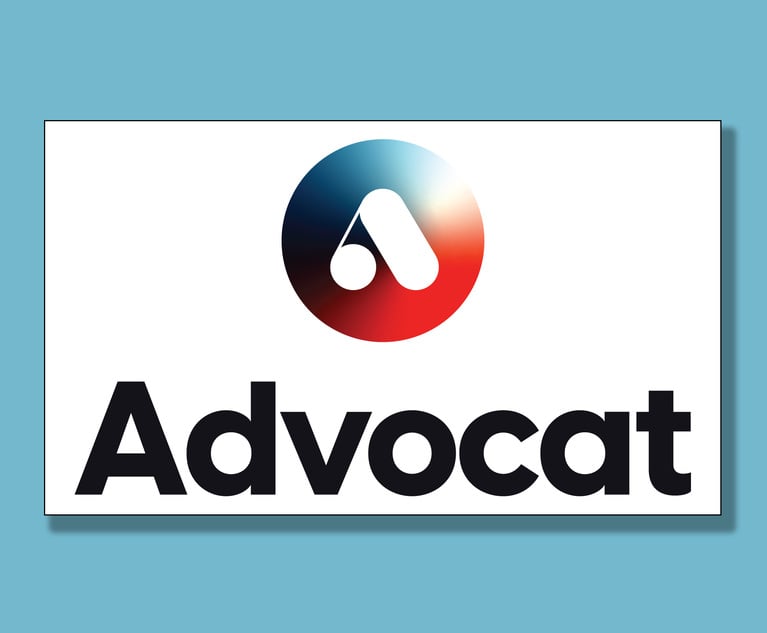One of the most challenging aspects surrounding a legal transaction is that there are a lot of documents that need to get signed to effect a closing. In a big legal transaction—anything from buying a company to developing a mall or building a new airport—there could be hundreds of thousands of documents involved. It very quickly becomes a challenge to figure out who needs to sign the documents, how many documents they need to sign, and so on.
Adding another layer of complexity to the proceedings is the fact that there are a multitude of different signature types involved in closings these days. In addition to the venerable wet ink signature, e-signatures have been legally admissible for some time now, long enough to have birthed several different “flavors” of e-signatures. Today, there is the simple electronic signature (SES), as well as the advanced electronic signature (AES) and qualified electronic signature (QES).
This content has been archived. It is available through our partners, LexisNexis® and Bloomberg Law.
To view this content, please continue to their sites.
Not a Lexis Subscriber?
Subscribe Now
Not a Bloomberg Law Subscriber?
Subscribe Now
LexisNexis® and Bloomberg Law are third party online distributors of the broad collection of current and archived versions of ALM's legal news publications. LexisNexis® and Bloomberg Law customers are able to access and use ALM's content, including content from the National Law Journal, The American Lawyer, Legaltech News, The New York Law Journal, and Corporate Counsel, as well as other sources of legal information.
For questions call 1-877-256-2472 or contact us at [email protected]


 Credit: ronstik/stock.adobe.com
Credit: ronstik/stock.adobe.com




